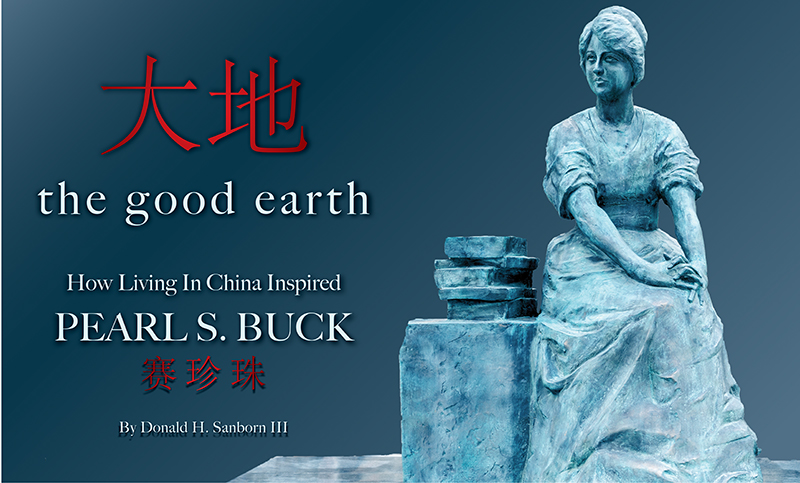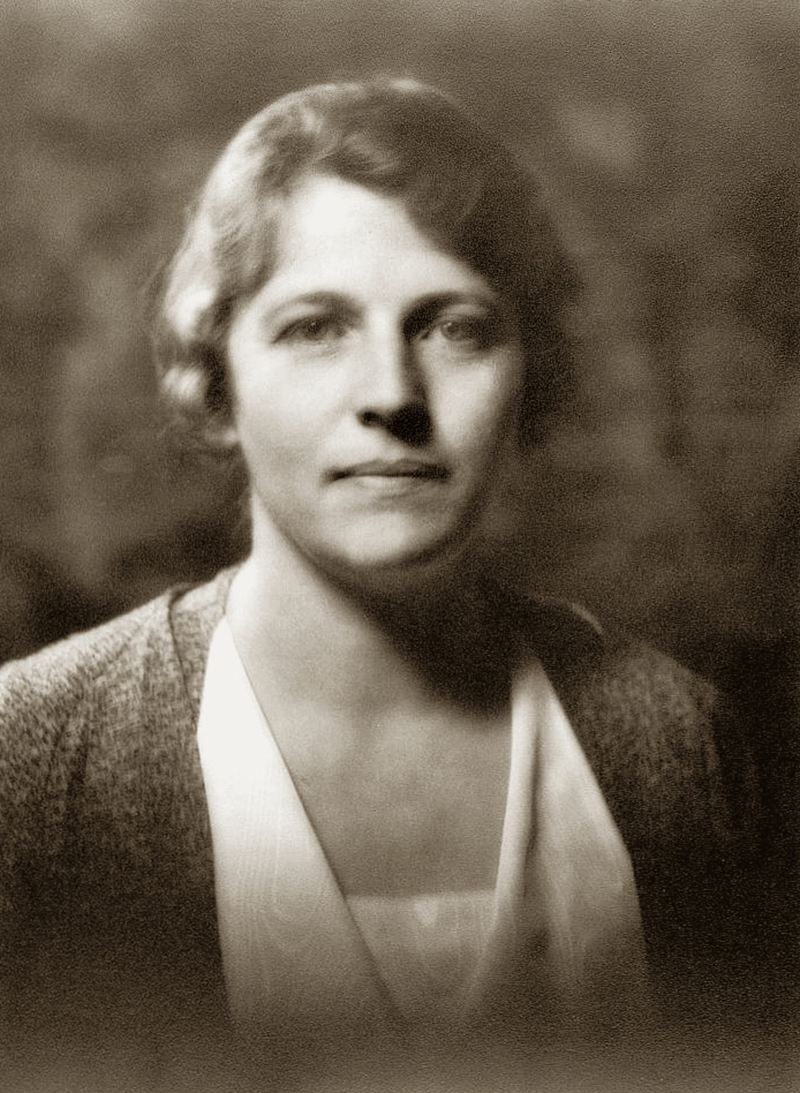

Pearl S. Buck, circa 1931. (Wikipedia/Arnold Genthe)
“If you want to understand today, you have to search yesterday,” author and activist Pearl S. Buck is quoted as saying. To understand Buck’s work as the author of The Good Earth and founder of the organization that became Pearl S. Buck International, based in Bucks County, Pa., it is helpful to search her upbringing as the daughter of a missionary in China.
Buck (1892-1973) was the daughter of Absalom Sydenstricker, a Southern Presbyterian missionary, and Caroline Stulting Sydenstricker. When Buck was 5 months old, the family moved to China, eventually settling near Nanking; they chose to live among the Chinese people rather than in a missionary compound. Pearl S. Buck International’s biography of Buck notes that she “played with Chinese children and visited their homes … she later used this material in her novels.”
However, Buck also observed the suffocating effect of Absalom’s work on his relationship with his family, especially his treatment of Caroline. Buck’s mother had “accompanied her husband to China, where she was homesick for the remaining 40 years of her life,” writes Peter Conn in Pearl S. Buck: A Cultural Biography (Cambridge University Press, 1996).
“Carie’s emotionally impoverished marriage and exile provided Pearl a tragic example of the price that women pay for the loyalty to codes and customs that oppress them. It was the most important lesson Pearl would ever learn … [she] would not, as Carie had done, collaborate in her own defeat,” Conn writes. But he adds that, despite Buck’s rejection of her father’s religious beliefs, she inherited “his evangelical zeal, his sense of rectitude, and his passion for learning … she became, in effect, a secular missionary, bringing the gospels of civil rights and cross-cultural understanding to people on two continents.”
Conn writes of Buck’s mother, “Wherever she lived in China … Carie always made a flower garden. These were places of beauty and refuge, walled off from the Chinese streets that surrounded them.”
Asked whether this influenced the agrarian theme of The Good Earth, Conn tells this writer, “I thought of the gardens much more … in terms of a kind of emblem for the general disquiet and sense of loneliness that Pearl’s mother confronted, from the time she got to China until she died.”
VJ Kopacki, historic house director and curator for Pearl S. Buck International, adds that Caroline was “vibrant, thoughtful, and had a head full of ideas — and the only place in which she could express herself … was in that space of her garden. She could release some of that feeling of isolation and exile.” Kopacki observes that Buck “was an outspoken critic of the way that men, specifically American men, tended to treat their wives.” more









 The College of New Jersey (TCNJ) foundation has elected David Rago, owner of Rago Arts and Auction Center (
The College of New Jersey (TCNJ) foundation has elected David Rago, owner of Rago Arts and Auction Center (











